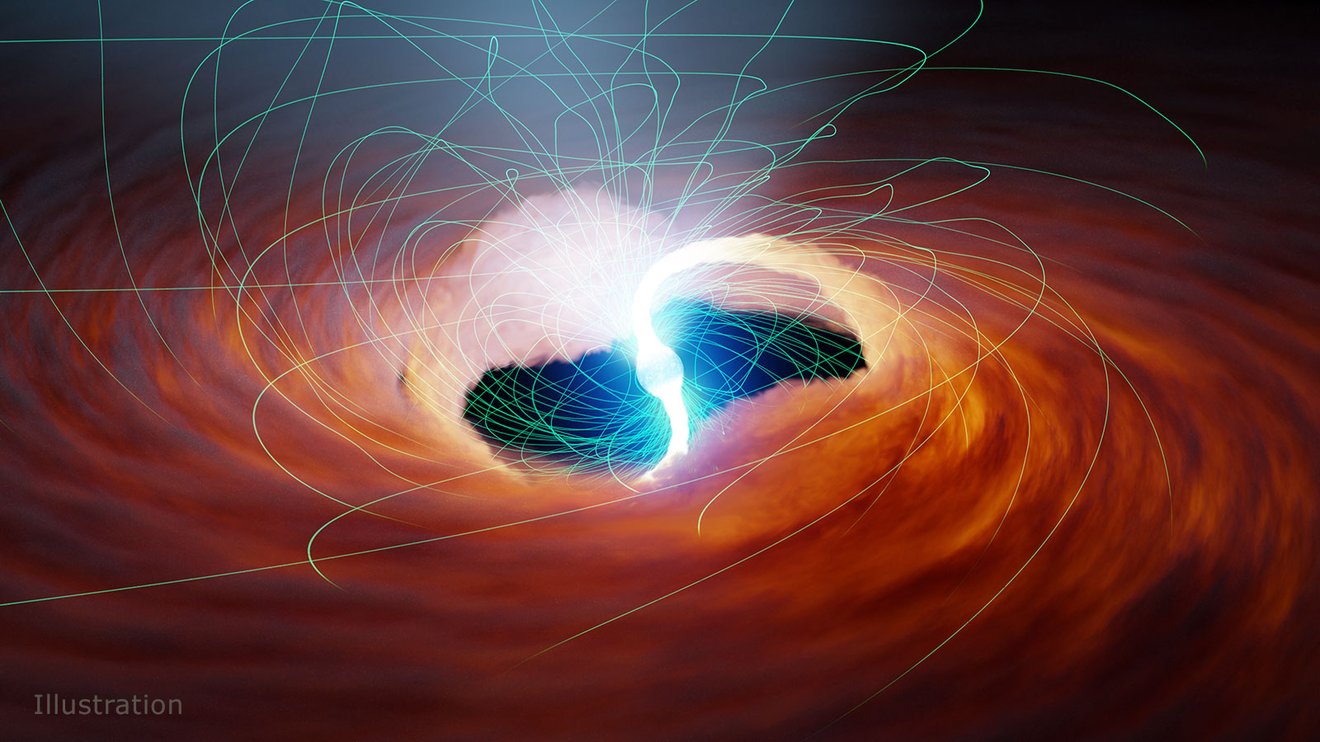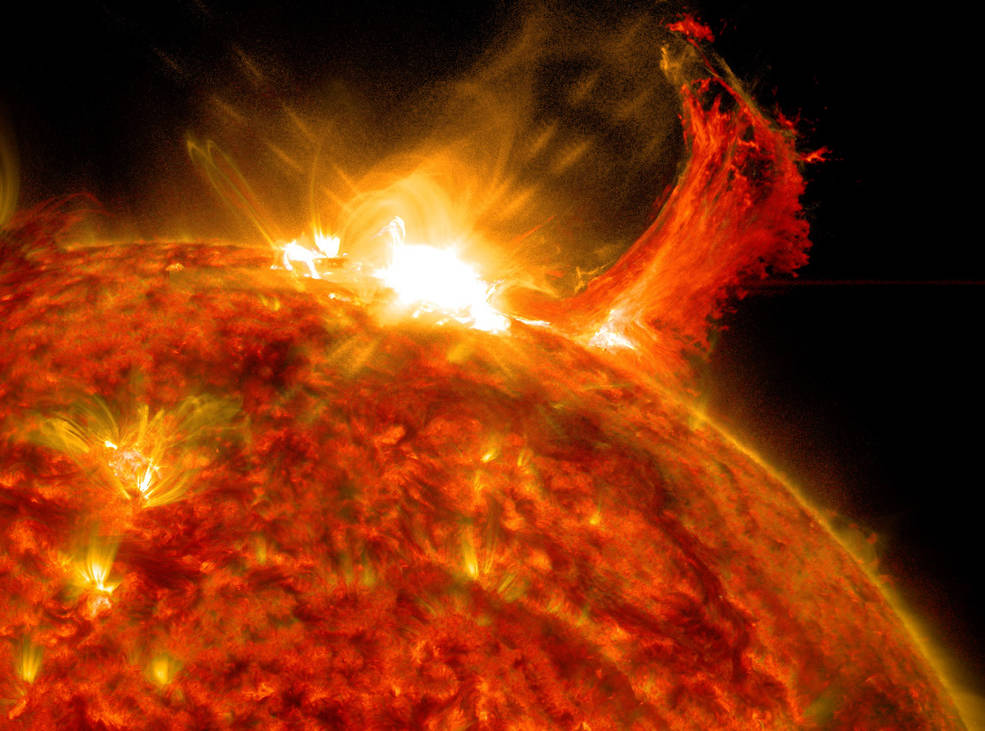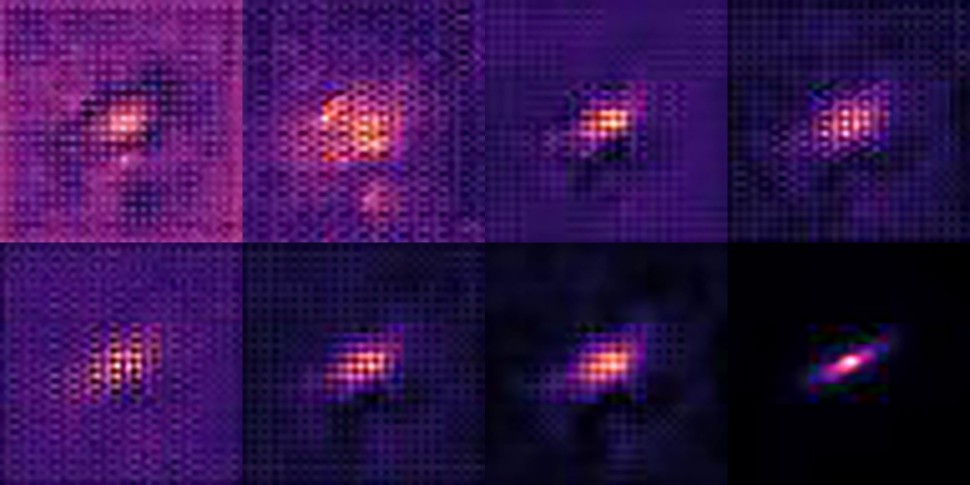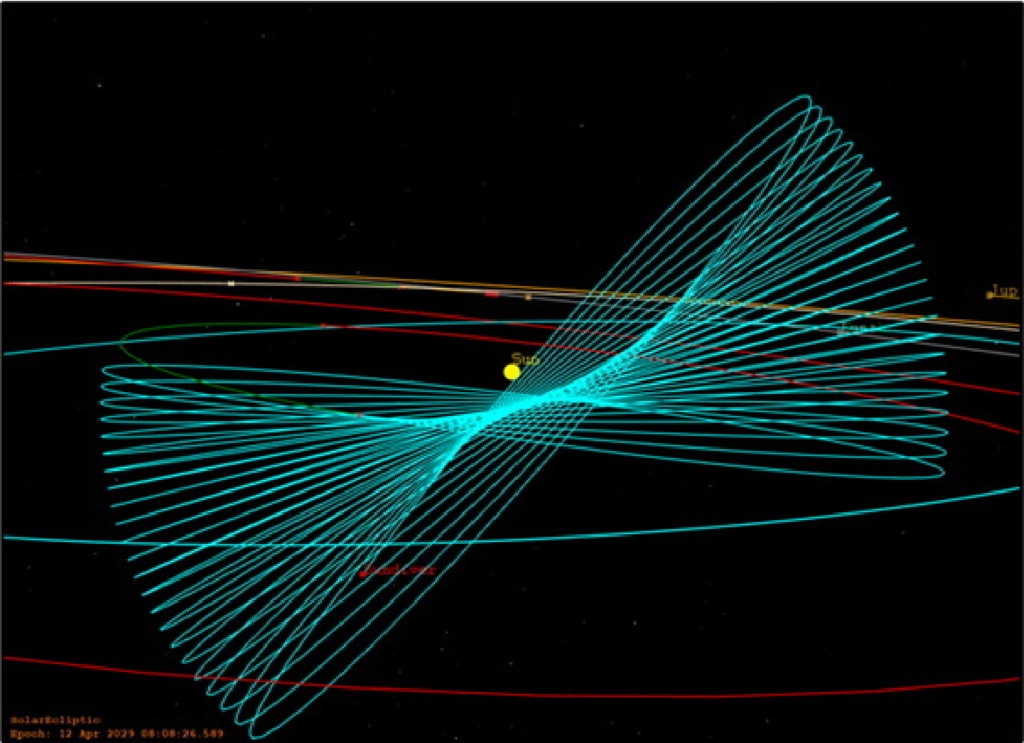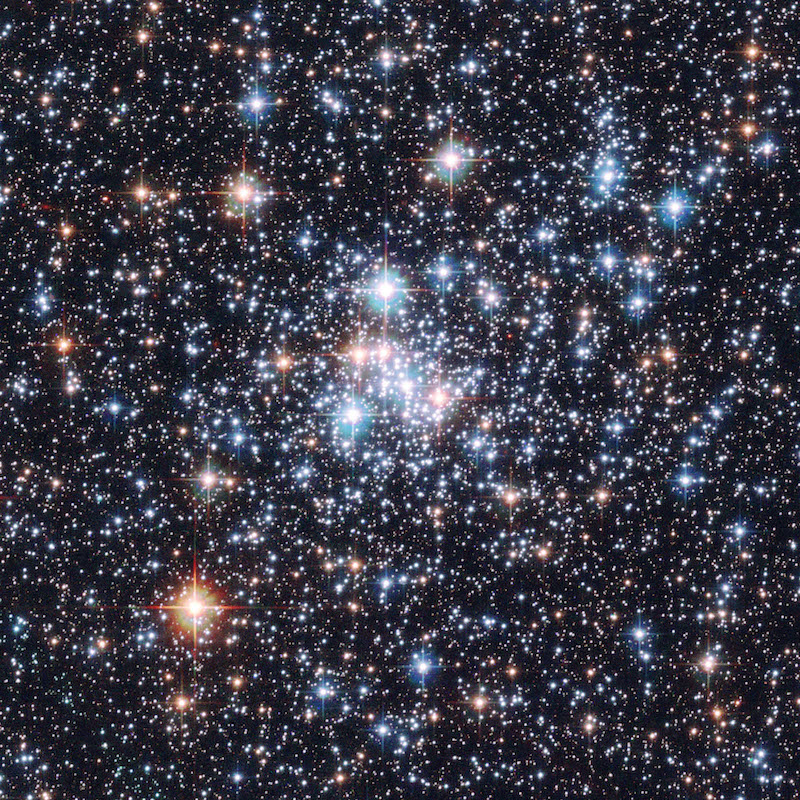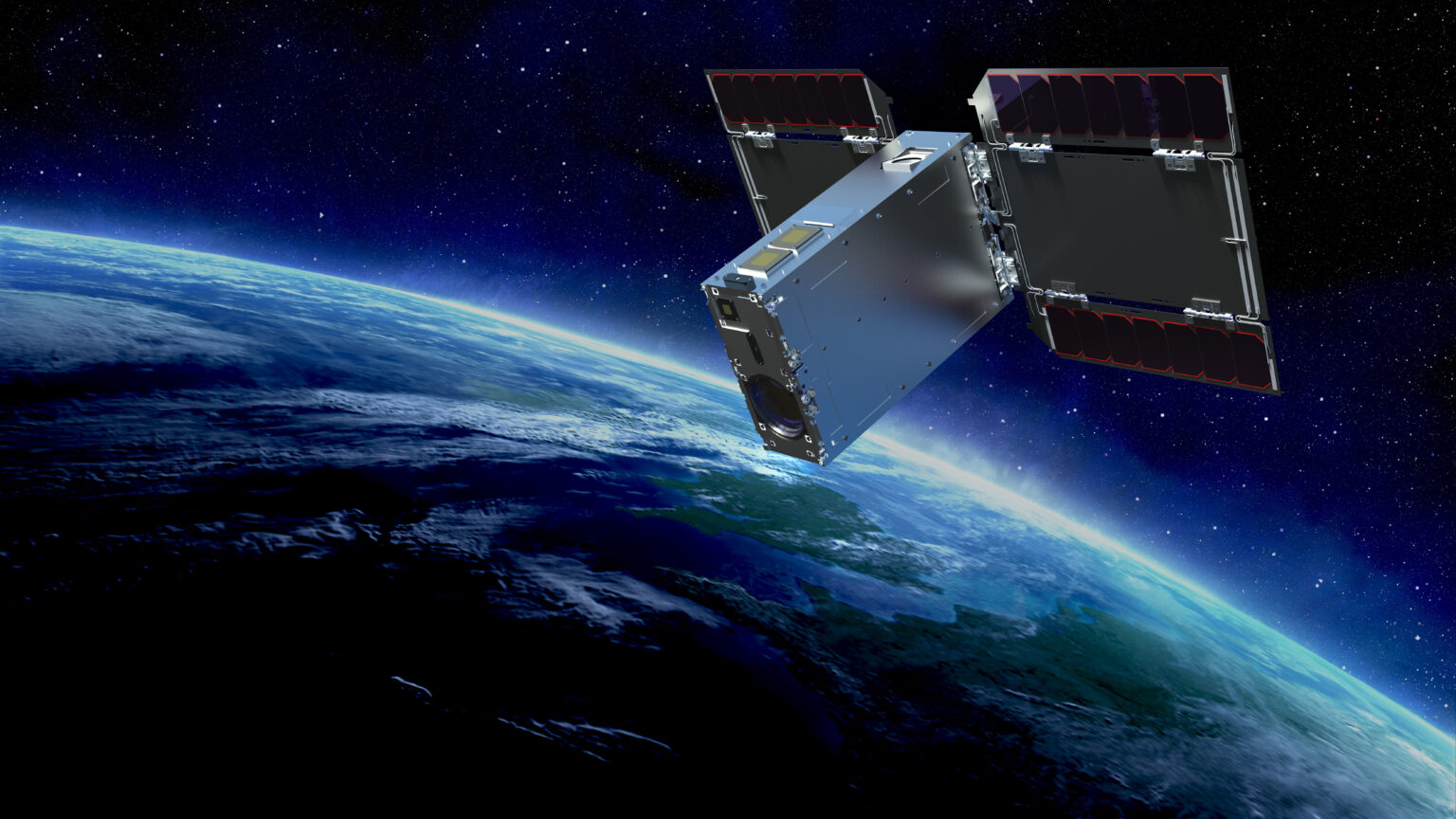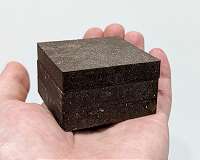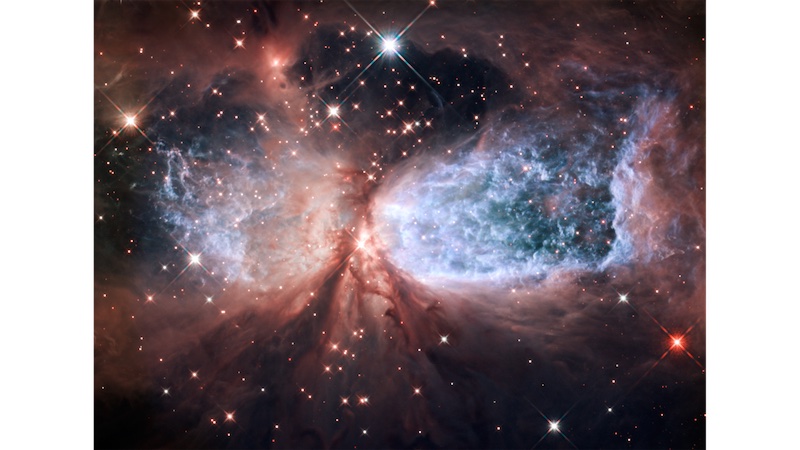At the extreme end of astrophysics, there are all sorts of phenomena that seem to be counter-intuitive. For example, how can an object not possibly get any brighter? For a long time, this limit, known as the Eddington limit, was thought to be an upper bound on how bright an object could be, and it was directly correlated with the mass of that object. But observations showed that some objects were even brighter than this theoretical limit, and now data collected by NASA’s Nuclear Spectroscopic Telescope Array (NuSTAR) confirms that these objects are, in fact, breaking the Eddington limit. But why?
Continue reading “Confirmed. Ultra-Luminous X-Ray Sources are Really That Bright”NASA Thinks They Can Give us 30 Minutes of Warning Before a Killer Solar Storm Hits Earth
We’ve touched on the hazards of solar storms plenty of times in the past. We’ve also recently started reporting even more stories involving some sort of AI, especially in the last few months since it has come back to the forefront of many discussions around technologies. So it should come as no surprise that a team at NASA has been busily applying AI models to solar storm data to develop an early warning system that they think could give the planet about 30 minutes notice before a potentially devastating solar storm hits a particular area.
Continue reading “NASA Thinks They Can Give us 30 Minutes of Warning Before a Killer Solar Storm Hits Earth”A Rocket-Powered Spaceplane Completes a Successful Test Flight
Access to space is getting easier and more accessible as more and more platforms are coming online that can significantly decrease the cost of getting into Earth’s orbit or even beyond. Now, another company has taken a step forward in making inexpensive, reusable access to space a reality. Dawn Aerospace, which operates out of the US, New Zealand, and the Netherlands, has successfully tested a prototype spaceplane.
Continue reading “A Rocket-Powered Spaceplane Completes a Successful Test Flight”Machine Learning Tidies Up the Cosmos
Amanda Morris, a press release writer at Northwestern University, describes an important astronomical effect in terms entertaining enough to be worth reposting here: “The cosmos would look a lot better if the Earth’s atmosphere wasn’t photobombing it all the time.” That’s certainly one way to describe the air’s effect on astronomical observations, and it’s annoying enough to astronomers that they constantly have to correct for distortions from the Earth’s atmosphere, even at the most advanced observatories at the highest altitudes. Now a team from Northwestern and Tsinghua Universities have developed an AI-based tool to allow astronomers to automatically remove the blurring effect of the Earth’s atmosphere from pictures taken for their research.
Continue reading “Machine Learning Tidies Up the Cosmos”Tiny Spacecraft Using Solar Sails Open Up a Solar System of Opportunity
Some parts of the solar system are exceptionally hard to reach. Despite the interesting scientific data we could collect from that location, we’ve never managed to send a probe to one of the poles of the Sun. Nor have we been able to send many spacecraft to exciting places in the Oort cloud of other parts of the outer solar system. Voyager 1, which currently holds the record for being the farthest craft away from Earth, took over 40 years to reach the point where it is now. Even if it did pass by something interesting on its way, its antiquated scientific equipment would be less useful than more modern technology.
Continue reading “Tiny Spacecraft Using Solar Sails Open Up a Solar System of Opportunity”Astronomers Find 1,179 Previously Unknown Star Clusters in Our Corner of the Milky Way
Some of the most exciting things that happen in a telescope’s lifetime are its data releases. Gaia, which has been operating since 2013, recently released its third major dataset, and astronomers that weren’t intimately involved in the operation and planning for the project have had some time to pull over. Their studies are starting to pop up in journals everywhere. For example, a new one from a research team, mainly from Guangzhou University, catalogs over 1100 new star clusters, significantly increasing the overall total of these critical components in the structure of the Milky Way.
Continue reading “Astronomers Find 1,179 Previously Unknown Star Clusters in Our Corner of the Milky Way”Pale Blue Successfully Operates its Water-Based Propulsion System in Orbit
New in-space propulsion techniques seem to be popping out of the woodwork. The level of innovation behind moving things around in space is astounding, and now a company from Japan has just hit a significant milestone. Pale Blue, which I assumed was named as a nod to a beloved Carl Sagan book, recently successfully tested their in-orbit water-based propulsion system, adding yet another safe, affordable propulsion system to satellite designers’ repertoires.
Continue reading “Pale Blue Successfully Operates its Water-Based Propulsion System in Orbit”Don’t Just Grow Potatoes on Mars, Use them for Concrete
A while back, we reported on a research group that was using an interesting mix of materials to create concrete on Mars. The University of Manchester researchers used blood and urine to create concrete bricks using Martian regolith stronger than concrete used on Earth. However, there was an obvious downside of literally requiring blood to make them, let alone the side effects of having astronauts potentially live in a building built partially out of their own bodily fluids. So the researchers thought up a different material whose usefulness in space will be familiar to anyone who has read Andy Weir’s most famous novel – potatoes.
Continue reading “Don’t Just Grow Potatoes on Mars, Use them for Concrete”Astronauts Could Mix and Match Parts to Make the Perfect Robot for Any Job
Building with Legos is a favored pastime for many small children and adults. We’ve even covered some more space-oriented Lego sets here at UT. But, as the Lego movie points out, they constitute “a highly sophisticated interlocking brick system.” So why not take the idea underpinning Legos – that you can make anything you want out of a set of generic pieces and apply it to a much more serious scientific topic…like robots.
Continue reading “Astronauts Could Mix and Match Parts to Make the Perfect Robot for Any Job”Machine Learning Finds 140,000 Future Star Forming Regions in the Milky Way
Our galaxy is still actively making stars. We’ve known that for a while, but sometimes it’s hard to understand the true scale in astronomical terms. A team from Japan is trying to help with that by using a novel machine-learning technique to identify soon-to-be star-forming regions spread throughout the Milky Way. They found 140,000 of them.
Continue reading “Machine Learning Finds 140,000 Future Star Forming Regions in the Milky Way”
